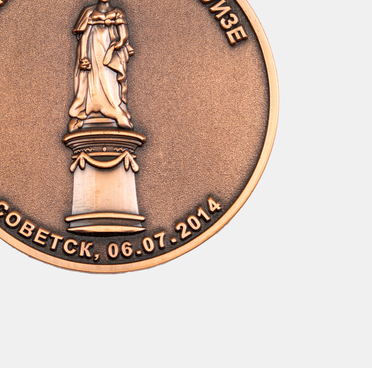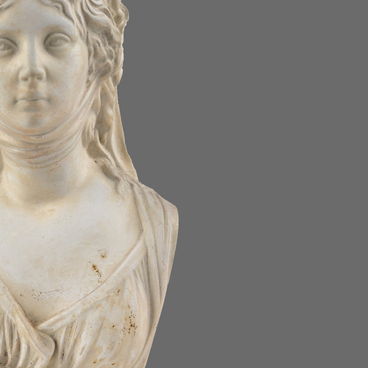In June 1807, the troops of Napoleon Bonaparte defeated the Russian army. Alexander I, having received this news, decided to enter into negotiations for peace. The Peace Treaty of Tilsit meant a respite for both Russia and France. Napoleon at that time was on the bank of the Neman in Tilsit, while the Russian army was on the other bank. The emperors met on a raft in the middle of the river.
At noon on July 9, 1807, the Russian Guard lined up in a long rank on the side of the main quarters of the emperor. A regiment of French Foot Guards and a regiment of Guards Dragoons lined up in the same order on the opposite side. Napoleon arrived, inspected them and gave the officer guarding the Russian emperor a badge of the Legion of Honor. Then, to the great surprise of the Russian troops, he pinned the cross that he wore himself on the right flank soldier of the Russian foot grenadier regiment. About one o’clock in the afternoon, Emperor Alexander I left the city, in which he had won the love of all. The French escorted him all the way to the crossing to the endless vive.
By the evening, everything had been packed up in Napoleon’s quarters, and he and General Murat left the city in an open carriage, accompanied by fifty horse-countrymen. Peace with Prussia was signed. The Guard followed them, partly on that day, partly on the next. Tilsit hoped to get free of this burden: 10,000 men were stationed in the city until the last moment, among them a thousand officers of all ranks.
Alexander I departed, loudly expressing his admiration for Napoleon as a man who was beyond all understanding and beyond comprehension. But he said other things to King
Friedrich William of Prussia and to Queen Louise:


